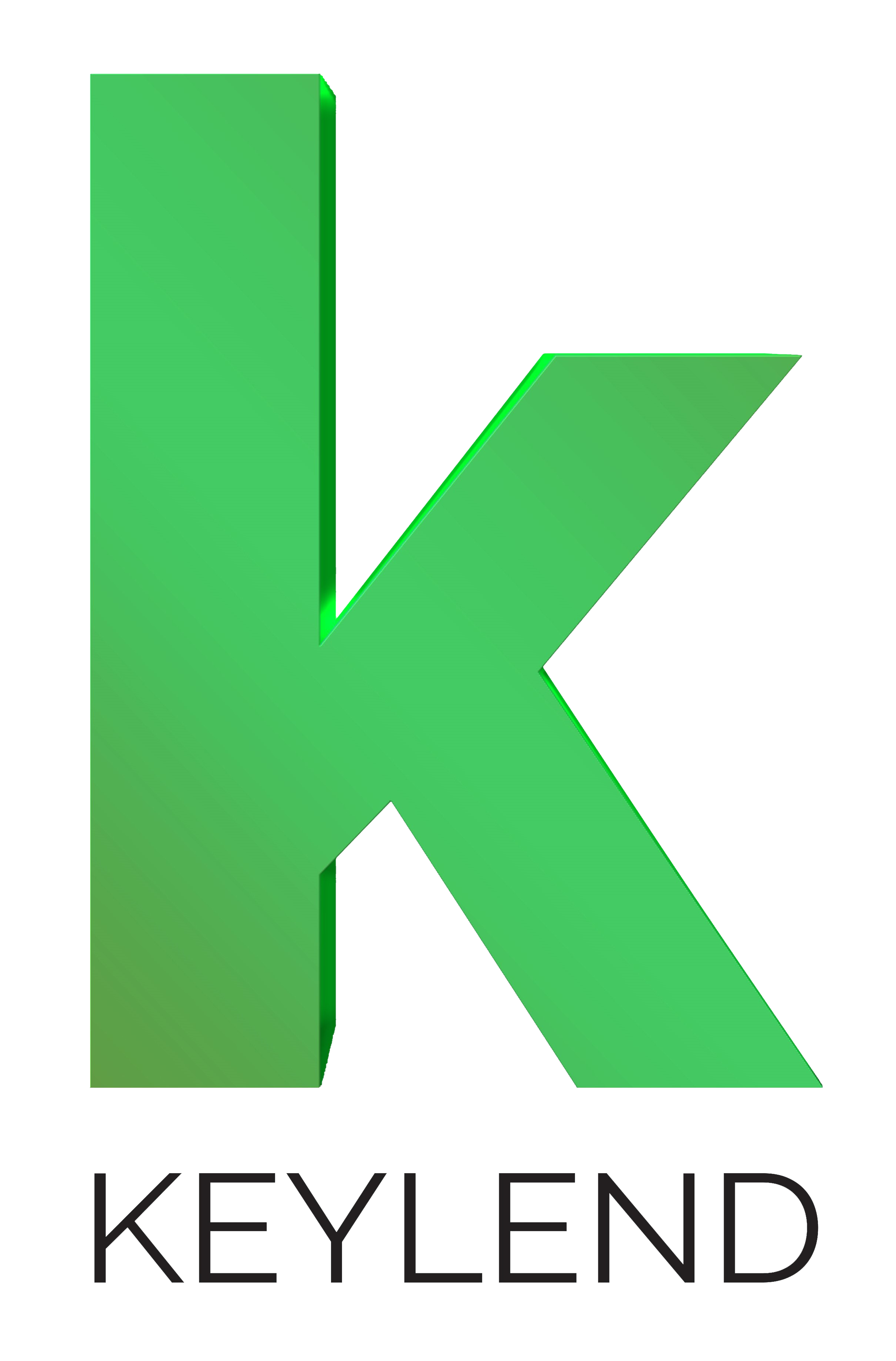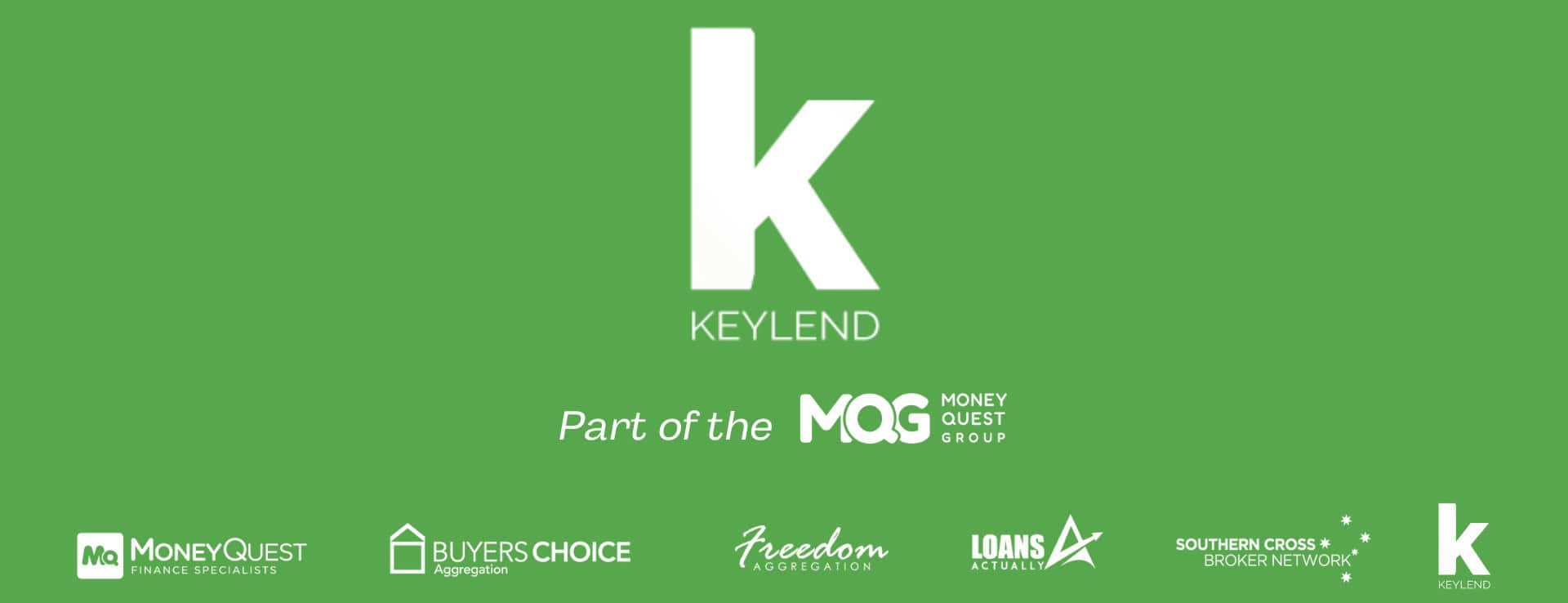
What is a Loan Repayment?
Loan repayments are the act of paying back the lender for the money borrowed plus interest. These repayments can be weekly, fortnightly, or monthly depending on what has been decided in your loan application. Most home loans are principal and interest repayments, the principal is the original amount you have borrowed for your loan and the interest is a charge from the lender for borrowing money
See below
How to calculate
This is the principal, therefore the amount of money the bank is lending. For example, the purchase price of a property is $400,000, you have $100,000 to put towards this, the bank will lend you the remaining $300,000 this is your loan amount ($300,000).
This is a fee charged as a percentage by the lender for borrowing their money. For example, the purchase price of a property is $400,000, you have $100,000 to put towards this, the bank lends the remaining $300,000 with an interest rate of 2.5%.
This is the set period that the loan is paid off for, most loan terms are around 30 years. Although a loan can be paid off faster through extra repayments, lump-sum payments, etc.
This is how often repayments are made towards the loan, these payments are usually weekly, fortnightly, or monthly depending on what has been decided in the loan application. For example, a loan amount of $300,000 with an interest rate of 2.5% paid off monthly over 30 years would mean $1,185.36 is paid off the loan per month. Whereas a loan amount of $300,000 with an interest rate of 2.5% paid off fortnightly over 30 years would mean $546.88 is paid off the loan per fortnight
This is an ongoing fee that some lenders charge, there are a few different fees that can be charged including services fees, administrative fees, etc., Your loan application will explain these fees, how much they cost, and how often they will need to be paid.



